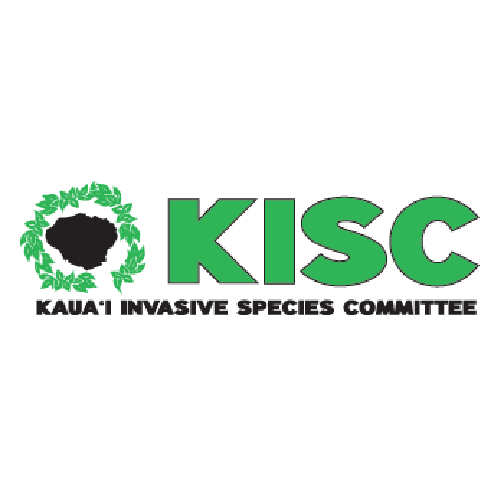Family: Rosaceae
Rubus alceifolius (giant bramble) is a sprawling, thorny shrub native to tropical Asia that has become a serious invasive species in many parts of the world. This vigorous plant forms dense thickets of arching canes up to 5 m long that root wherever they touch the ground, creating new plants and smothering surrounding vegetation. The broad, lobed leaves are green on top and velvety brown beneath, and the stems are covered with hooked prickles. White flowers appear on older canes and produce clusters of red, edible berries, which are readily eaten and dispersed by birds and other animals.
Although sometimes valued for its fruit, giant bramble poses a major threat to forests, pastures, and native ecosystems. It spreads quickly, shades out other plants, and is difficult to remove once established because of its deep root system and ability to reproduce vegetatively. In other tropical regions, it has invaded forest edges, disturbed areas, and roadsides—habitats similar to many found across Hawaiʻi. To date, Rubus alceifolius is not known to occur in the Hawaiian Islands, and preventing its introduction is the best defense. If you suspect this species has been found, please report it immediately to your local invasive species committee or 643-PEST.
High Risk Traits:
- High climate suitability (tropical/subtropical)
- Broad environmental versatility
- Repeated introductions outside native range
- Naturalized beyond native range (but no evidence from Hawaiian Islands to date)
- Agricultural and environmental weed
- Other Rubus species are weedy
- Has spines or thorns
- Shade tolerant
- Tolerates a wide range of soils
- Climbing or smothering growth habit
- Forms dense thickets
- Produces viable seed
- Hybridizes naturally
- Self-compatible or apomictic
- Reproduces by vegetative fragmentation
- Short generative time (1 year)
- Multiple dispersal vectors (human, water, bird, animal)
- Prolific seed production
- Persistent seed bank
- Tolerates mutilation, cultivation, or fire
Low Risk Traits:
- Palatable to grazing animals
- Not toxic to animals or humans
- Not allelopathic, parasitic, or a fire hazard
- Controllable by herbicides




